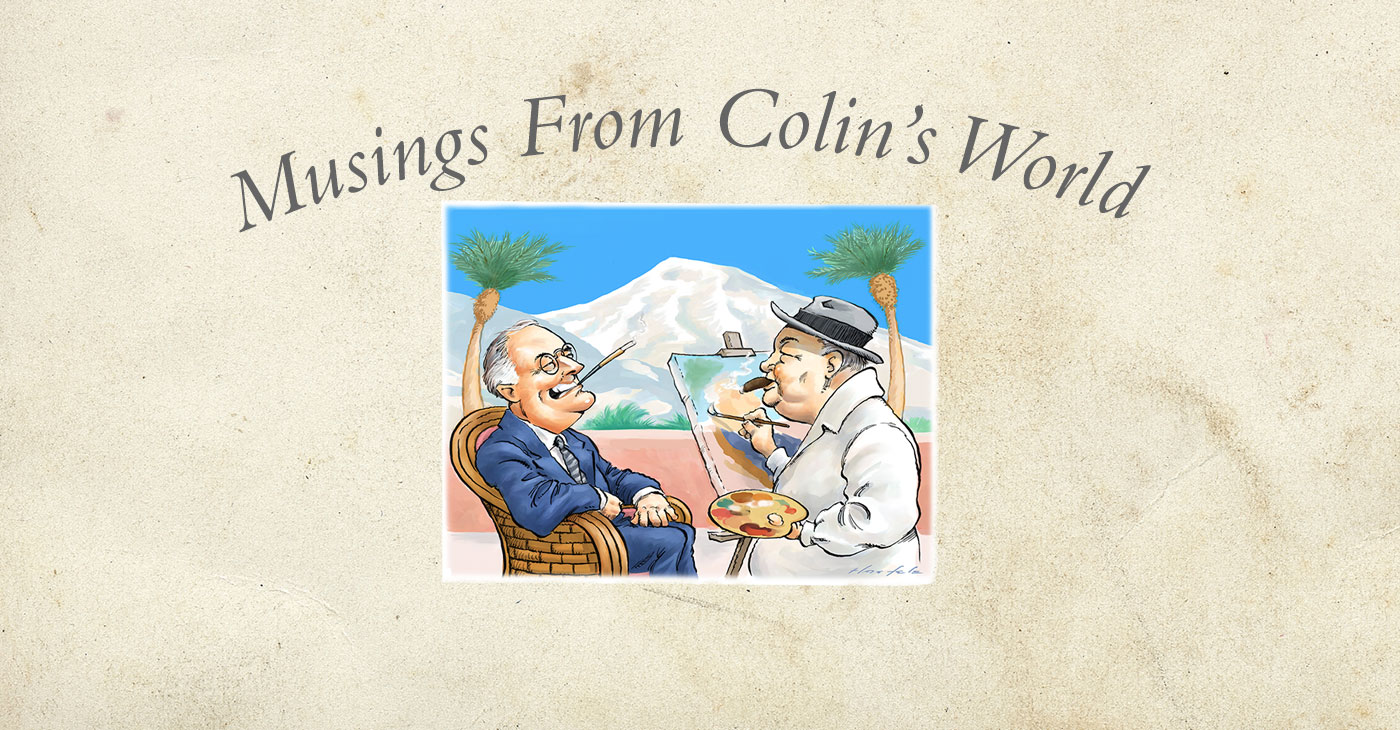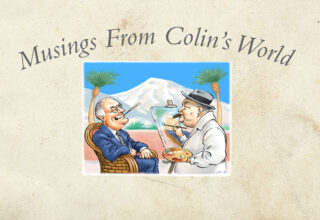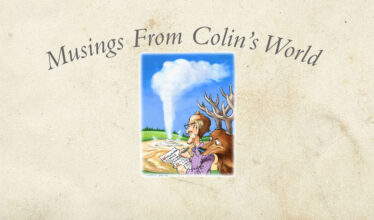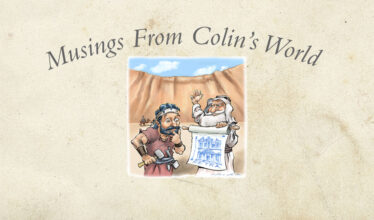Ah Morocco! The very mention of the name evokes magic and color in my mind. It is truly a land of enchantment. Even the sound of the name is musical, percussive. Morocco! It cracks like the sound of karkabas, the metal castanets used in Moroccan Gnawa music.
The memories that are ignited in my mind by the sound of the word “Morocco” are splashes of bright color, spicy smells in the air, hypnotic music, spellbinding Islamic architecture and design, and a pervasive sense of mystery.
Soon after landing in Casablanca, I was taken to see the Hassan II Mosque, the largest mosque in Africa, and the third largest in the world. It was impressive, no doubt, but as I was disentangling my expectations of Casablanca from my memories of the 1942 movie with Humphrey Bogart and Ingrid Bergman, the actual impressions that were dominating my consciousness were the brightly colored flowers and plants that kept catching my eye everywhere we went.
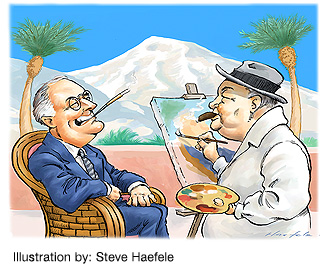 The vegetation was prodigious! I was struck with the thought that this must be the most fertile place on earth. The earth bursts forth with a voluptuous growth that seems celebratory. These plants will not allow you to ignore them.
The vegetation was prodigious! I was struck with the thought that this must be the most fertile place on earth. The earth bursts forth with a voluptuous growth that seems celebratory. These plants will not allow you to ignore them.
The landscape is constantly presenting you with brightly colored flowers and blossoms, such as the violet Jacaranda trees from Brazil and the Bird of Paradise trees from South Africa, so named for their extravagant yellow flower, shaped like a bird in flight. Plant species have been brought from all over the world, and practically everything grows well in Morocco.
The riot of plant growth was ever present between stops at palaces, restaurants, museums and so forth. Nature seemed to be asserting herself as the real story of Morocco, and telling us that the tremendous vitality of the culture is born out of the soil itself.
Prized Real Estate
That priceless strip of land along the northwestern shoulder of the African continent has been a prize struggled over by a succession of competitors.
Morocco is where the Mediterranean meets the Atlantic, and where Europe meets Africa. Such a strategic spot was widely coveted, and attracted people from all over the world. Though it may look small on a map of Africa, Morocco is as big as California and Vermont combined.
Morocco has a Mediterranean coast and an Atlantic coast. It has coastal lowlands, a mountainous interior and a lot of desert.
As a North African country, it shares traits with its Saharan neighbors, Tunisia, Algeria, Libya and Egypt. But Morocco’s history and culture are deeply interwoven with Europe, especially Spain and France.
Morocco is only separated from Spain by the seven-mile Strait of Gibraltar. It’s much less of a barrier than the Pyrenees Mountains that separate Spain from the rest of Europe.
Historically, the population consisted mostly of Arabs, Berbers and Moors. The Moors occupied Spain for 700 years, until 1492, and left an indelible imprint on the culture of Spain.
Later, the Spanish Empire colonized Morocco, furthering the Morocco-Spain exchange. The cultures of Spain and Morocco bleed deeply into one another.
On a clear day, people in Tangier, Morocco, can see Spain from cafes overlooking the Atlantic.
Morocco was also colonized by the Portuguese and the French. The French language is still the primary tongue of commerce, culture and the sciences. All of these historical movements have left their marks on Morocco’s rich cultural tapestry.
Muslims, Christians and Jews live in harmony in Morocco. And did you know Morocco was the first country to recognize the United States of America as a country?
Churchill in Morocco
Morocco was one of Winston Churchill’s favorite places. He visited many times and called Marrakech “the Paris of the Sahara,” and “simply the nicest place on Earth to spend an afternoon.”
“Here in these spacious palm groves rising from the desert,” he wrote, “the traveler can be sure of perennial sunshine, of every comfort and diversion, and can contemplate with ceaseless satisfaction the stately and snow-clad panoramas of the Atlas Mountains.”
When Churchill met with Franklin Roosevelt and the Allied war leaders for a summit in Casablanca in 1943, he insisted that Roosevelt take off a couple of days to accompany him to Marrakech where he liked to stay at a friend’s villa that looked out on the Atlas Mountains.
Churchill brought Roosevelt to his favorite view of the mountains, then stayed on another day after Roosevelt left to do the only painting he took time to do during the war.
Street Life
Fes was Morocco’s first capital, founded in the Eighth Century, and now is considered to be Morocco’s spiritual and cultural capital. But its main attraction for tourists is the souk.
For shoppers the souk is paradise. It’s a shopping district with stores in every space in the buildings along a labyrinth of alleyways. Curtains of slats laid across the roofs of the buildings overhead create shade and turn the marketplace into an enclosed space.
The variety of merchandise on display is head-spinning, an endless array of miscellaneous items: foam, chickens (live or butchered), scrap cloth, tapestries, shoes, handbags, scarves, hats, brass lamps, pastries, blouses, djellaba (Moroccan dress), drums, earrings, knives, hookahs, brass lamps and even false teeth.
You quickly get used to periodically having to jump out of the way of donkeys or mules piled with teetering mounds of goods strapped to their backs and sides as they are being hustled through by their masters, yelling, “Attencion! Attencion!” Crashes and bangs cut through the air in an ongoing, irregular rhythm. A lovely, benign chaos pervades the atmosphere.
In Marrakech, perhaps the most unforgettable experience was the Djemaa el Fna, the main square and marketplace of the medina, the old city. It had dozens of restaurants and food stalls and an ongoing parade of sights and oddities.
There was constant activity all around, including acrobats, street theater, musicians, snake charmers, people with chained Barbary apes, dancers, storytellers, magicians and people who wear eye-catching costumes and make money posing for photographs.
Rome in Morocco
To add to the eclectic cultural melting pot of Morocco is Volubilis, one of the most well-preserved Roman provincial cities in the world.
Walking around the ruins of Volubilis felt as if time had evaporated between the present and the period from 25 B.C. to 285 A.D., when the city thrived.
Our guide talked about the life in Volubilis with such imaginative vividness that I was lulled into a state in which I could imagine myself as an inhabitant of the city, with Roman life in all its delicious sophistication and decadence teeming noisily around me.
You can still walk the floors of the homes and see elaborate pictorial mosaics inlaid into them. You can see the crumbling walls and the rooms and visualize how the city’s inhabitants conducted their affairs. The foundations, floors, room plans, streets, walkways and avenues are still clearly visible, though the roofs were knocked down during the Lisbon earthquake of 1755.
In spite of the earthquake, 50-foot pillars still tower over you as you walk through the ruins. Some of the Corinthian capitals are now appropriated by storks as platforms for their gigantic nests.
Cultural Elite
When I first heard about Morocco it was of an exotic place that attracted famous writers and celebrities.
In the ‘50s it was a literary refuge for writers such as William S. Burroughs, Paul Bowles, Tennessee Williams, Jack Kerouac and Allen Ginsberg.
Tennessee Williams wrote Cat on a Hot Tin Roof there. Burroughs wrote Naked Lunch there. Paul Bowles wrote The Sheltering Sky there.
It continues to be associated with the most elite celebrities, such as Tom Cruise and Nicole Kidman, Elton John and the Rolling Stones.
Hearing these stories, you have to ask yourself: What is it that attracts the world’s elite to Morocco?
Of course that’s why I went, to find out. And I did. Some of it I can pass on to you. The rest is a personal thing between you and Morocco.
Your humble reporter,
A. Colin Treadwell
